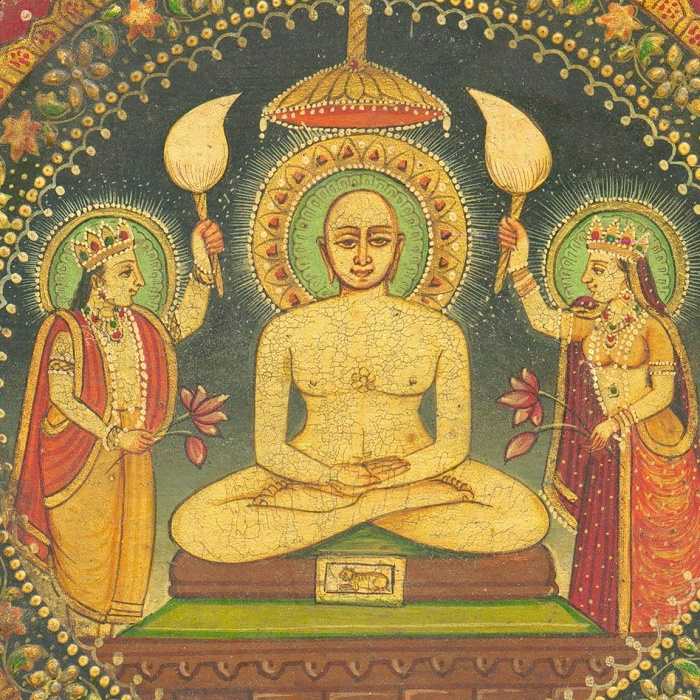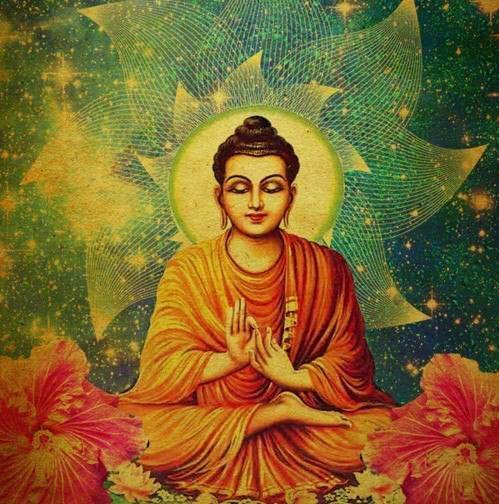When we hear the word “Spiritualism” or “Spirituality” our mind mainly defines it as ‘having something to do with our spirit or soul’ or ‘having to do with spirits; supernatural’.
So what does Spirituality actually mean?
Spirituality is a broad concept with varied perspectives. For some, it’s something related to religion and for some it’s related to the soul.
But we think that spirituality can be defined as a moment where the mind leaves behind all the mundane hindrances and problems aside to gain a temporary escape from the materialistic beings that we are.
Spiritualism is often regarded as ‘the science of the soul’, and it is believed that this science helps a man to rise above all worldly agonies. It is said that a person who does not gain spiritual knowledge can never attain moksha. Thus, there is a great importance of spirituality in Indian life.
How Spirituality Grew in India?
Since ancient times the Rishis & Munis of India preferred to attain spiritual pursuits rather than materialistic pursuits of life. Hence, spiritual wisdom gained an upper hand over materialistic prosperity.
Spirituality in Indian philosophy is about the correct way of living and right way of thinking.
It is believed in Indian Spirituality that a man who is unaffected by success or failure, devoid of self-interest and ego can see God everywhere. Once he achieves this state of mind, he is considered as a messenger of God and a benefactor of humanity.
Spiritualism in India revolves around three central values:
1. Satyam: a civilisation that serves justice
2. Shivam: a society with emotional integrity
3. Sundaram: an aesthetically beautiful community
The Spiritual journey in India has gone through several pahses. It goes as ancient as the linkage with Vedas and other scriptures to as new as establishments of ISKON.
Here are the different stages of the Spiritual journey of India:
Phase I : Vedas, Upanishadas and Bhagavad Gita
Phase II: Teachings of Mahavira and Gautama Buddha
Phase III: The Bhakti Movement
Phase IV: The 19th-century movements which were more focused on developing the humankind
Phase V: Contemporary Indian Spiritual Movements like ISKON, Art of Living, Preksha Meditation, Isha Foundation etc.
Spirituality and Indian Religion

Indian Spirituality believes that there is one supreme creator and he has put each one of us on this planet with a purpose, and that purpose is to be compassionate, caring and loving. Thus, many Indian Spiritual thinkers were mainly concerned about spreading the message of love and care and the need for living a real life.
These spiritual thinkers started to teach and spread the art of living a healthy and fulfilling life by connecting through inner self and treating physical ailments through Ayurveda. Soon these cultural activities got rooted in the Indian culture.
The belief in God is inseparable from Indian Philosophy, and as Indian philosophy has its roots in spirituality; Indian spirituality and religion are intertwined.
Some Scriptures and Ancient Spiritual Gurus :
Bhagavad Gita

The spirituality that is in the form of God is best explained in Bhagavad Gita, the ultimate literature of life. In Gita, Lord Krishna defines life as a spiritual journey. He suggests that all that exists in the world is a manifestation of God, and thus we have to show compassion and be grateful for God’s beautiful creations.
Mahavira

The Spiritual thinker, Mahavira, who successfully denounced the importance or affiliation of God from our spiritual journey. He eradicated the thought that the purpose of our living was to fulfil God’s given purpose. He preached that power could be gained through inner beauty and harmony of the soul.
This was Mahavira’s ultimate message preaching universal compassion:
- Ahimsa (non-violence)
- Satya (truth)
- Achauray (non-stealing)
- Brahmacharya (celibacy)
- Aparigraha (non-possession)
Gautama Buddha

Like Mahavira, Gautam Buddha also preached that we should not blindly follow what is written in the religious texts. He taught that we should be in search of the truth, that we should not believe what everyone says because it can be rumoured. One is supposed to observe and analyse what is said, and then make a right call and not blindly follow it.
Gautama Buddha preached Four Noble Truths –
- Suffering exists, and all states of being are inherently unsatisfactory.
- All pain and rebirth are caused by a craving for existence, non-existence or pleasure.
- The extinction of desire will bring an end to suffering and resurrection.
- There is a way to relinquish the constant agitation of hope: the Noble Eightfold Path
Indian Spirituality Today
Today’s Indian Spirituality mainly follows the principle of attaining peace. Let’s take the establishment of “Art of Living” (AOL) as an example. Art of Living’s motive is to make the earth a peaceful place to live, a violence and stress-free global family. The goal of AOL’s spiritual movement is to bring peace to individuals, society, nation and the world.
Art of Living works for conflict
resolution, disaster and trauma relief, poverty alleviation, empowerment of
women, prisoner rehabilitation, education for all, campaigns against female
foeticide, child labour and environmental sustainability.
Today, not only Indians but people across the world look upto to the Indian spiritual Gurus to find peace and meaning to life. Some of the famous ones are Shri Shri Ravi Shankar, Sadhguru, Brahmakumari, Guru Gaur Gopal Das and many more.
In every era the problems faced by humans somewhat change but what remains the same is the quest for inner peace, something that humans are forever in search of. Spirituality is nothing but a step towards inner peace.











Like!! Thank you for publishing this awesome article.